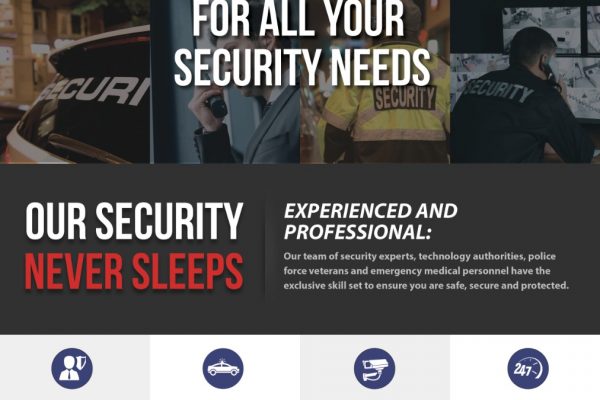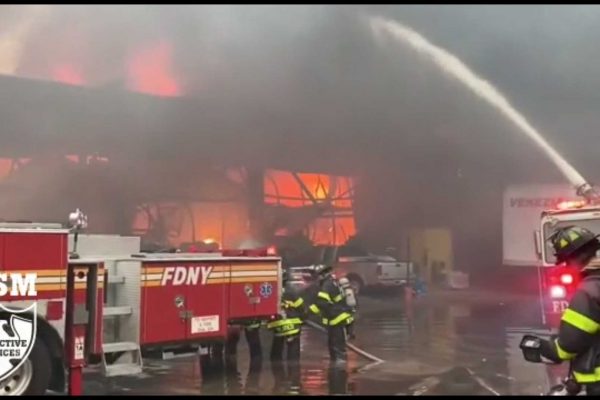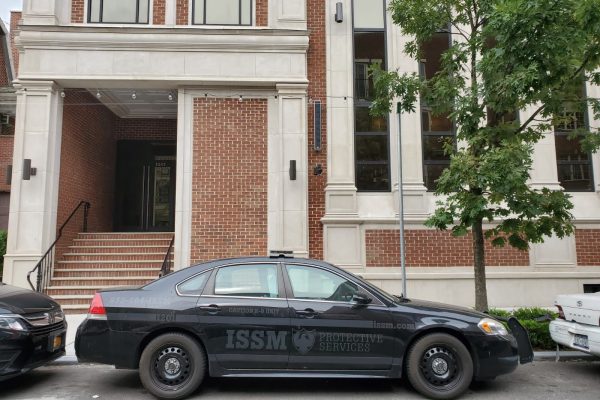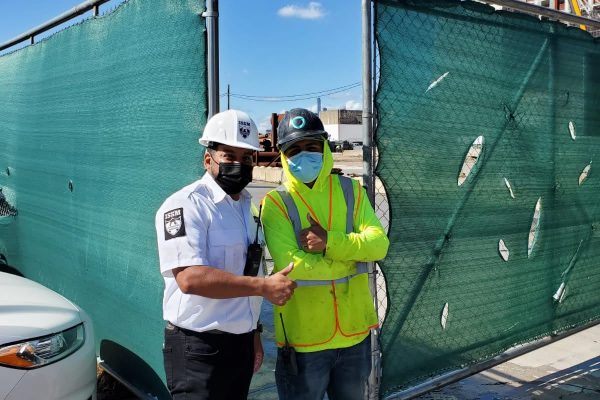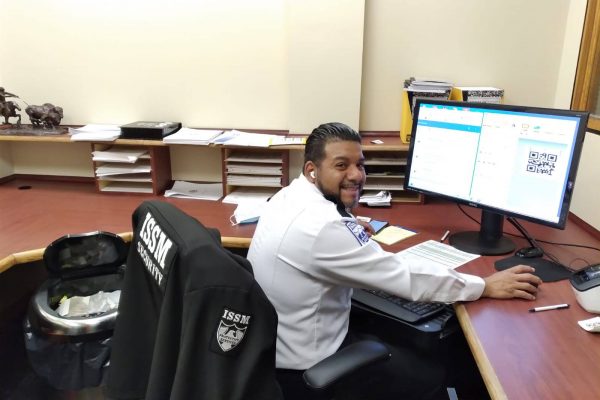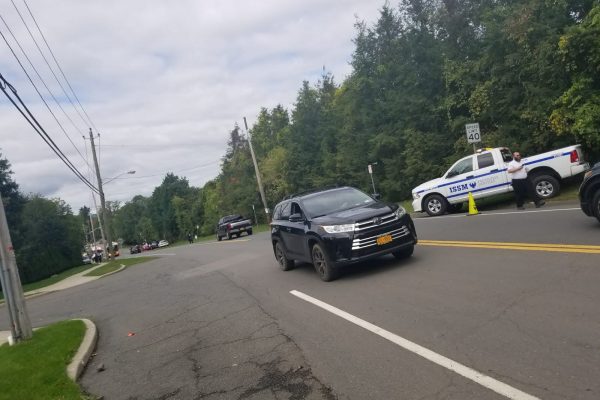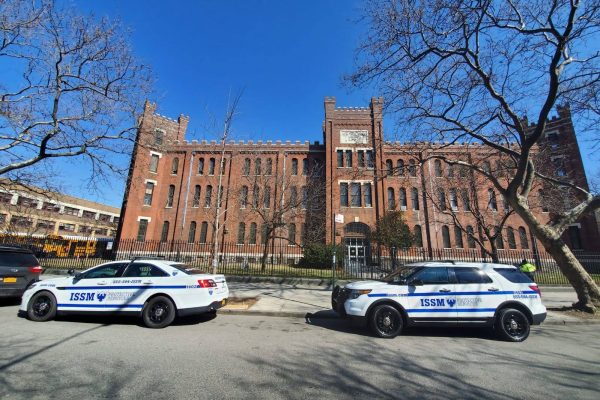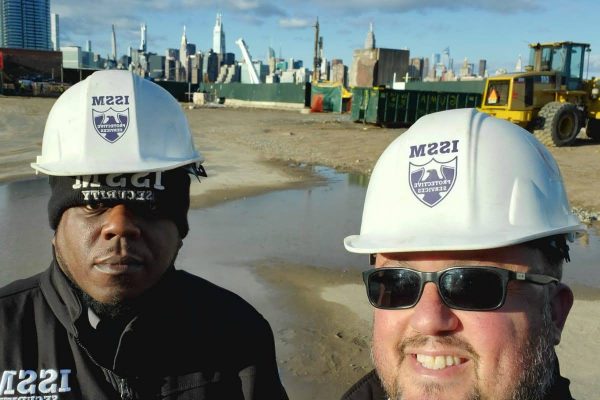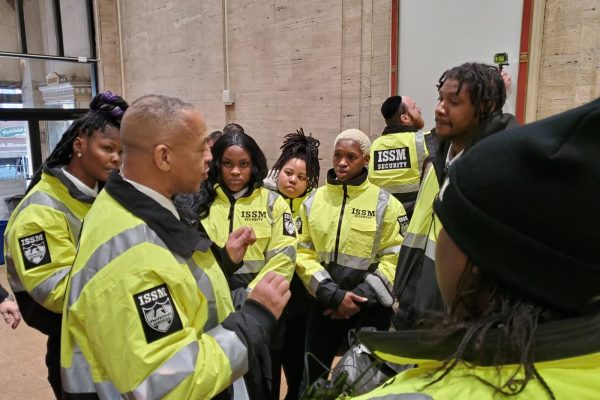Patrols. When we were in elementary school, the word meant a preteen sporting an identifying patrol belt with its bright orange bands – one diagonal strip for the torso, and another for the hips – helping children cross the street to school. If you got to be a patrol, you were considered worthy of the responsibility, as only a select few were chosen in each class.
Adult patrols don’t sport those bright-orange belts (that’s reserved for the elementary school patrol “branding”); however, much of the remaining job requirements still hold. The being on-foot, the keen awareness, and the safety guiding are all part and parcel of any patrol’s skill requirements. Add to that the realm of security, and you have yourself a full-fledged patrol.
Security patrols can cover a vast range of protective services, the most popular reasons being: 1) Surveying areas for safety – with routine or random routes, and 2) Performing grounds checks – indoor and outdoor. Patrols are such a prevalent part of our everyday that we’re often not even consciously aware of them. Large city park? Patrols stroll about to catch misdoings. Sports stadium? Patrols peruse the ticket lines to maintain order. The mall? Patrols spot theft at stores large and small.
The main draw for security patrol services is that they’re among the crowd, whether uniformed or not. Seeing as they’re on foot, their immediate presence provides a tangible feeling of security which is different from camera surveillance or even vehicle patrols.
When looking to cover your security needs, consider a patrol your friend. He or she is hired to literally walk around, look, and listen, alert to any suspicion arising. Their pacing paves way for better security by reducing criminal or other undesirable activities. Thereby, in turn, security patrol coverage frees up the people you protect to live with higher security satisfaction. Anyone up for a stroll?

